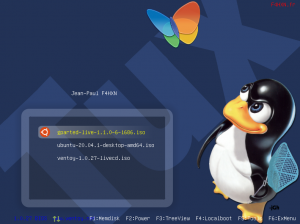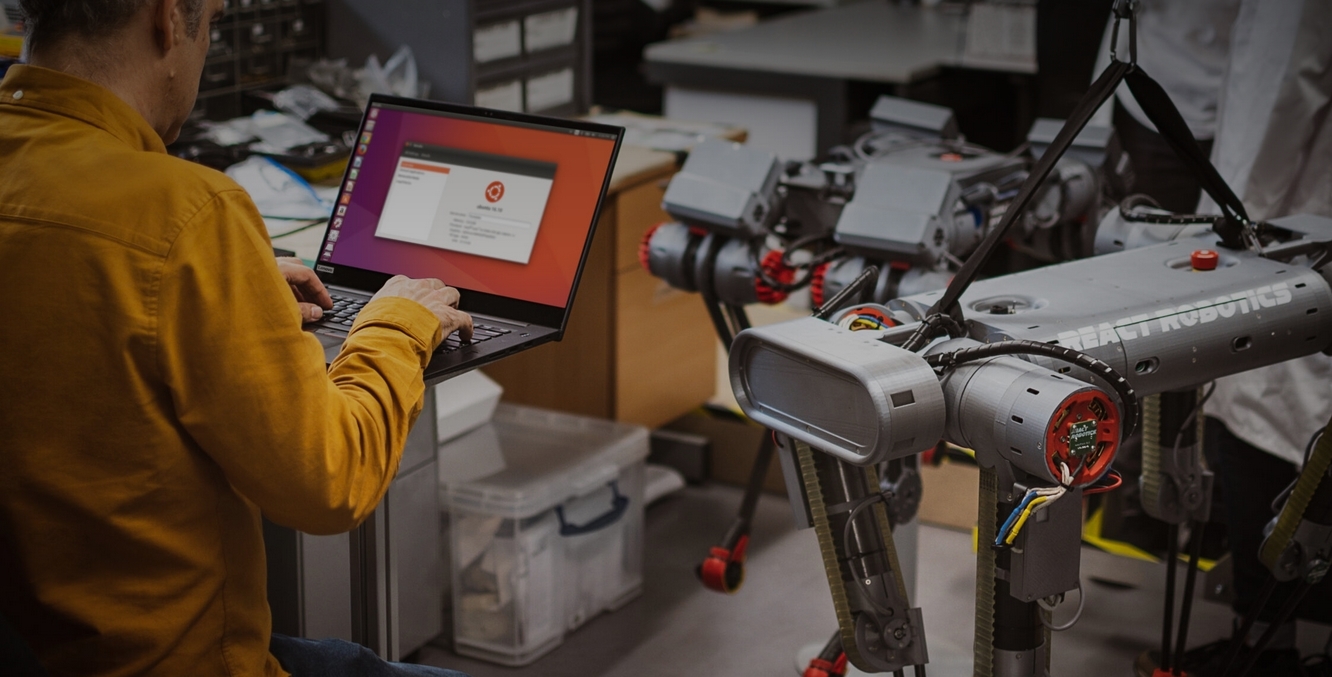

netboot.xyz seemed promising, but I couldn't figure out how to use it. I'd love to be able to just run a VM that lets me load a few different Raspberry Pi OS images and choose which one I want the Pi to boot into on next reboot. I was looking into netboot.xyz recently, as I do Raspberry Pi development. My email is my nickname at outlook dot com If you want to join in to fix the compilation issues (so that it doesn't require a specific old Fedora for example) I'll be happy to fix the partition stuff. > The best way of moving this forward would be to free up a block of time and either work on a PR, or if not that a PR to make ventoy compilable on more distros.Ī week ago, someone started a fork for a better integration with other tools. > solving the issue where it needs an old version of fedora would make it easier for others to participateīut given the lack of interest by the maintainer of the low hanging fruit of making ventoy usable on partitions, even when it would bring the side benefit of respecting the block size of removable media (like thumbdrives, SD cards.) I think working on either would be a waste of time :(
VENTOY GUI CODE
> This needs somebody to compile ventoy and make a PR.Īs you may guess by how I explained the problem and the solution (with code!), I would be happy to make a PR, but I don't want to waste more time by writing code that won't be merged. > It seems like the person that suggested it can't compile ventoy as it requires a particular version of fedora. Personally, I see a lack of interest and a lack of desire to expand the functionality Now you are ready to boot up multiple Linux or Windows distributions from a single USB drive.> I took the time to read the comments on the issue and I can't see anyone refusing to do this.
VENTOY GUI PC
If the user has enabled LEGACY support in the BIOS and if pc isn't detecting USB drive, then need to go and enable legacy support and disable safe boot mode. NOTE: A bootable device is only detected in a UEFI-supported laptop. That's all you need to do and Ventoy will give a boot menu to select them.


VENTOY GUI ISO
Once ISO files copied, unmount the drive. This can take some time, just be patient and wait. Now copy the ISO files (for ubuntu and pop os) to local mount point /mnt $ sudo cp /home/nikolao/Downloads/pop-os_20.10_amd64_intel_14.iso /mntĪnd $ sudo cp /home/nikolao/Downloads/ubuntu-20.04.2.0-desktop-amd64.iso /mnt Once exFAT installed, mount the usb drive partition ( in my case / dev/sdb1 ) with the following command: $ sudo mount -t exfat /dev/sdb1 /mntĬopy as many ISO image files as long there is enough space on the USB drive. On Linux, exFAT has been supported with a special implementation called fuse-exfat. In order to mount an exFAT drive on Linux, you need to install fuse-exfat. To copy images to USB drive, usb drive has to be mounted as exfat filesystem. In this example, I are going to use Ubuntu ISO image, and Pop OS ISO image. Ventoy supported files are ISO/WIM/IMG/VHD(x)/EFI.ĭownload the appropriate iso images from the vendor website. It supports creating a bootable USB drive with multiple ISO files (multiboot).Īll you need to do is to copy ISO images on the USB drive as regular files and boot them directly from a USB drive.
VENTOY GUI INSTALL
To install Ventoy on a USB drive, first plug in the USB drive in your computer. This helps to use a single USB for multiple Operating system installations. In this tutorial, I will explain how to create a multiboot USB in Linux using the Ventoy tool. This will end up with many bootable USB drives to keep. img file and then copy/unpack to a USB.Ĭommonly, at a time one ISO image is used in a USB and have to reformat drive each time to boot another Operating system. To create bootable USB download appropriate. A bootable USB is commonly used as an operating system installer.


 0 kommentar(er)
0 kommentar(er)
